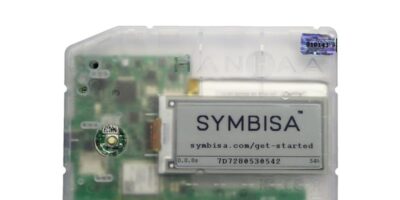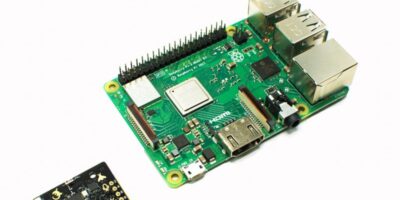Providing a reduction in memory footprint, Imagination Technologies has announced PowerVR PVRIC4 technology which provides cost savings for memory and bandwidth-constrained devices such as DTVs, smartphones and tablets.
The company explains that its new generation of powerful image compression technology will enable SoC to reduce costs without a discernable loss of image quality. PVRIC4 enables random-access visually lossless image compression, ensuring bandwidth and memory footprint savings of at least 50 per cent, confirms Imagination, and enables systems to overcome performance bandwidth constraints.
PVRIC4 is provided as a standalone IP block for SoC manufacturers, already used by partners.
PVRIC4 features a dual-pipeline framebuffer compression engine. A new lossy pipeline, used only if the lossless pipeline does not achieve 50 per cent compression, ensures that even difficult to compress ‘noisy’ images are compressed with the highest fidelity. A decision logic block determines which output should be used to guarantee the compression ratio, and highly tuned algorithms ensure the image quality change is imperceptible. The hybrid solution offers SoC manufacturers high fidelity ensuring bandwidth and frame buffer allocation savings on graphics and video content, says the company, all performed in hardware and achieved without any performance overhead.
PVRIC4’s bandwidth savings translate into better battery life and cost savings for system manufacturers. RAM and bandwidth can be freed for other uses, such as enabling simultaneous fast 5G downloads while the GPU is in use, or a reduction in the number of DRAM devices used in the system.
PVRIC4 will be available as a feature in next-generation PowerVR GPUs and is available for licensing now as a standalone IP block.
Imagination Technologies provides a range of silicon IP (intellectual property) including key processing blocks needed to create the SoCs that power all mobile, consumer and embedded electronics.
Imagination Technologies was acquired in 2017 by Canyon Bridge, a California-headquartered, global private equity investment fund.






